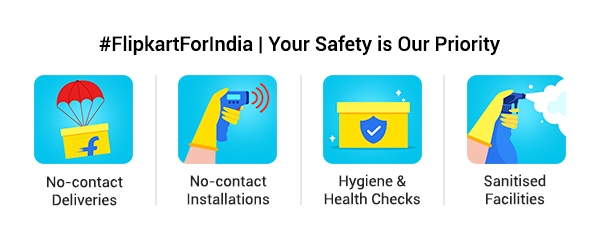Treatment Options for Candidiasis
Treatment options for candidiasis depend on how far the fungal infection has spread and the immunocompetency of the patient (Scully, 2017a).
Swoshing Nystanin
Candidiasis in the oral cavity following a course of antibiotic treatment in an otherwise healthy patient is treatable by simply swishing nystatin suspended in a liquid media
A 14-day Regimen of Twice-daily Oral Swishing with the Antiseptic Gentian
In patients with HIV, a 14-day regimen of twice-daily oral swishing with the antiseptic gentian violet treated oral candidiasis comparably with four times daily swishing of a nystatin suspension, with similar tolerance of the treatment (Harding, 2017).
This alternative is proposed to work in immunocompetent individuals as well and comes with the consideration for low-income or uninsured patients that gentian violet treatment is almost eight times cheaper than the nystatin treatment.
Treatment Caution
Gentian violet does have the potential to stain oral mucosa a blue color, although this is not always observed and was not sufficient for study participants to stop following the treatment protocol (Harding, 2017).
If topical treatment of oral candidiasis is not effective in immunocompromised individuals, then the patient should be referred to a primary care physician or an infectious disease specialist to determine the appropriate course of treatment.
Referral Cases
In cases when oral topical antifungal treatments fail to resolve oral candidiasis, systemic antifungal treatments including fluconazole and ketoconazole are available (Pappas et al., 2016). These systemic antifungal treatments are known to interact with a variety of other drugs.
Additionally, systemic antifungals can cause elevation of liver enzymes and cause hepatotoxicity and potentially death. A patient with a history of any liver disease warrants referral to their primary care physician to evaluate the risks of this treatment.
Additional Patient-Specific Circumstances
Oral candidiasis can be difficult to eradicate and an effective treatment plan should factor in additional patient-specific circumstances.
For patients who use dentures, antifungal treatment should be applied to the affected oral tissue as well as the dentures themselves (Scully, 2017a).
Oral prosthetics can harbor Candida species, providing a repository of fungal cells that can re-inoculate the oral tissue following cessation of antifungal treatment.
In order to combat this, dentures or another oral prosthesis should be cleaned and soaked in an appropriate disinfecting bath and rinsed before the device is used (Pappas et al., 2016). Additionally, antifungal cream should be applied along the surfaces of the device that contact oral tissue.
While Candida typically will respond to the above recommendations, in recent years Candida species have developed resistance to fluconazole, with 35% of C. galbrata and 75% of C. krusei exhibiting resistance (Krcmery & Barnes, 2002).
If a fungal infection is not responsive to these standard approaches the patient should be referred to a physician or specialist.





















Comments
Post a Comment